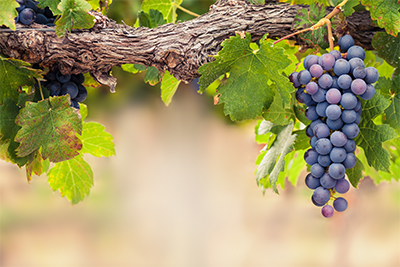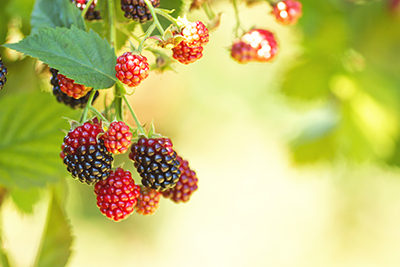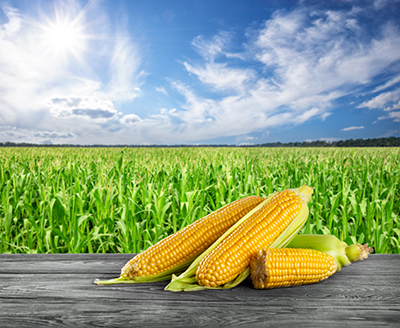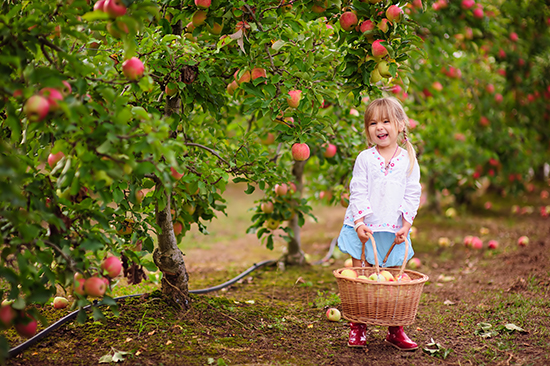AgroDetox Active & Rich

Contents of AgroDetox® Active & Rich
AgroDetox
® Active & Rich, a wide spectrum of minerals include the following elements; ( all in organic form )
| Barium |
Nickel |
Magnesium |
Iron |
Cadmium |
Calcium |
Sodium |
| Silicon |
Dysprosium |
Lanthanum |
Bromine |
Beryllium |
Thallium |
Ytterbium |
| Tellurium |
Thulium |
Titanium |
Rubidium |
Zinc |
Selenium |
Potassium |
| Copper |
Vanadium |
Gallium |
Lithium |
Sulphur |
Boron |
Samarium |
| Niobium |
Molybdenum |
Thorium |
Bismuth |
Iodine |
Phosphorous |
Scandium |
| Gadolinium |
Hafnium |
Aluminum |
Holmium |
Strontium |
Rhenium |
Neodymium |
| Fluorine |
Erbium |
Germanium |
Manganese |
Zirconium |

What are the benefits & effects of AgroDetox® Active & AgroDetox® Rich
- Increases plant growth and crop yields.
- Increases nutrient content within produce.
- Increases Mycorrhizae* population in soil.
- Strengthen plant stalks.
- Reduces fungal growth.
- Increases diseases resistance within plants.
- Replenishes minerals depleted soils caused by over-farming.
- Converts conventional farmlands to organic farmlands rapidly.
- Reduces phosphate and chemical runoff into streams and lakes.
- Increases taste and flavour of the fruits and vegetables.
- Makes unusable but useful substances available for the plants.
- Detoxify contaminated soils.
- Speed up decompositions of minerals.
- Restore structure of the soils.
- Economise water and air.
- Increases ion exchange capacity.
- Increases buffering capacity of the soils.
- Increases numbers of useful microorganisms in soils by restoring and reconditioning the soil.
- Prevents leaching of chemical residues by absorption herbicides so that reduces toxins runoff into streams.
*Mycorrhizae - “The word ‘Mycorrhiza’ is given to a mutualistic association between a fungus (Myco) and the roots (rhiza) of the plants. This association is symbiotic because the relationship is advantageous for both organisms. The macrosymbiont (the plant) gains increased exploration of the soil (rhizo sphere) with the intricate net of hyphae [branching filaments of a fungus] that increases the uptake of water and nutrients from the soil interphase. The microsymbiont (the fungus) uses the carbon provided by the plant for its physiological functions, growth and development.
When & How to apply ?
Organic & Mineral Fertilizers and Soil Improvers AgroDetox® Active & Rich
According to the level of toxicity and quality of the soil, as well as the type of plants to be cultivated, at any time of the year, it might be used:

- Following harvest,
- In the winter season in greenhouses,
- Right before planting or seeding,
- Right after planting or seeding,
- At such special occasions when the plant is required to be nourished strongly,
- Whenever diseases are observed,
- Whenever harmful mold and fungi are observed,
- When any stress is observed on the plant,
- In the over irrigated agricultural lands,
- Agricultural lands with acidic characteristics,
- For agricultural land weak in organic colloids,
-
Agricultural lands with high level of toxicity caused by
chemical fertilizers and pesticide residues.
AgroDetox® Active is in powder and/or granular form and can be applied directly to the soil. For gardens, pots, greenhouses, fields and soilless agriculture.
AgroDetox® Rich
is in powder form and can be applied either dry to plant leaves or mixing with water for foliar and/or drip applications. It is also used in germination of seeds, it is observed that depending on the former quality of the soil, growth at a rate of 2 to 10 times is achieved in the first three weeks.
| Guaranteed Analysis |
w/w(%) |
| Organic Content |
16 |
| Total (humic+fulvic) acid |
12 |
| Total SO3 |
2 |
| Max. Humidity |
20 |
| pH |
5-7 |
Application Dosage of AgroDetox® Active & AgroDetox® Rich

AgroDetox® Active |
AgroDetox® Rich |
| Plants |
Soil Use (kg/da) |
Foliar Use (gr/da)
(with 100 lt water)
|
Drip (kg/da)
(with 1 ton water)
|
| Tomatoes-Pepper-Aubergine |
100 |
500 |
2 |
| Cucumber-Watermelon-Melon-Pumpkin |
160 |
300 |
3 |
| Strawberry |
150 |
500 |
4 |
| Vineyard-Kiwi fruit |
135 |
500 |
5 |
| Banana |
150 |
500 |
3 |
| Citrus ( orange, lemon, etc ) |
160 |
500 |
3 |
| Apple-Pears-Quince |
150 |
500 |
3 |
| Cherries-Peach |
160 |
500 |
3 |
| Apricot-Plum |
150 |
500 |
4 |
| Olive |
75 |
200 |
- |
| Corn-Sunflower |
150 |
500 |
- |
| Potato |
100 |
500 |
- |
| Sugar Beet-Carrot |
50 |
200 |
- |
| Wheat-Barley-Rice |
100 |
500 |
- |
| Cotton |
75 |
250-300 |
- |
| Bean-Lentil-Chickpea |
100 |
500 |
5 |
| Hazelnut-Walnut-Peanut |
80 |
200 |
- |
| Lettuce-Cabbage-Spinach |
80 |
200 |
- |
| Onion-Garlic |
80 |
200 |
- |
| Green fields, grass |
50 |
200 |
2,5 |
| Ornamental plants |
75 |
200 |
2 |
| Greenhouse |
200 |
- |
- |
| Fig |
150 |
500 |
- |
| Canola |
80 |
200 |
- |
* Numbers, ages, types of trees should be take into consideration before application.
* It is recommended to make soil and/or leaf analysis.



